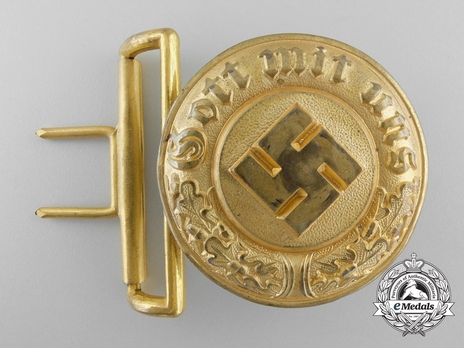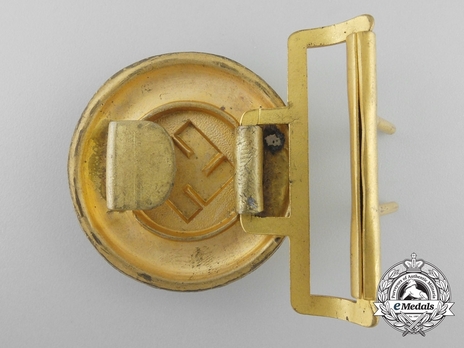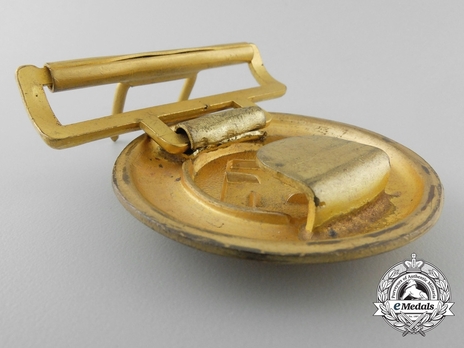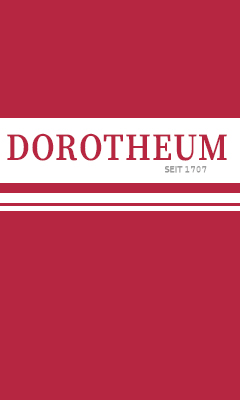German Police General's Belt Buckle
SKU: 52.GOR.02.02.01.01.001
Estimated market value:



Estimated market value:
Attributes
History
During the Third Reich, an effort was made to unite all of Germany’s disparate provincial police forces and agencies into a single cohesive national unit. To attain this goal, Reichsführer-SS Heinrich Himmler was named Chief of the German Police in the Ministry of the Interior in June 1936. That same month, Himmler implemented new standardized uniforms, headgear, and insignia. The uniforms worn prior to Himmler’s appointment were often navy blue, particularly in what had been Prussia. The new uniforms were green, in a shade that was then dubbed “Police green”.
The German Police were divided into two main units, the Ordnungspolizei (Orps or Regular Police) and the Sicherheitspolizei (Secret Police); the Ordnungspolizei were unofficially called the green police (Grüne Polizei) as a result of their uniform colour. The Sicherheitspolizei were made up of two main organizations, the Gestapo and the Kriminalpolizei (Criminal Investigation Police). At the beginning of the Second World War, the Sicherheitspolizei were brought under the auspices of the Reich Main Security Office.
The belt buckles worn by German police Generals and Officers, as well as Officials of equivalent rank, were standardized in 1936. The obverse inscription “GOTT MIT UNS” translates to “God with us”.
These circular buckles were silver-coloured for Officers and gold-coloured (gilt) for Generals (as well as Water Protection Police Officers). Fire Protection Police Officers wore a buckle with a burnished black finish. They were worn on a leather belt strap or a brocade dress belt strap.
The buckles for Officers are generally composed of aluminum, and rarely of steel with an aluminum finish.
The reverse of the buckle or leather tab may be stamped with the manufacturer’s mark and year of production.
The RZM control mark features the initials RZM, generally within a circle that is linked at the ends of the “M”. The RZM number marks are stamped alongside the RZM control marks. The number mark identifies the type of object being stamped and the manufacturer. The mark begins with a letter associated with the object's branch, such as "M" for metal, “K” for clothing, or "D" for uniforms, and it is followed by a group number that identifies the type of object being stamped. For example, M1 for badges and insignia, and M4 for belt buckles. This section is followed by a slash “/” and a number that is associated with a specific manufacturer. For example, M4/1 is the RZM number mark for an RZM belt buckle produced by Ferdinand Hoffstätter, Bonn.
The buckles may be stamped with a manufacturer mark, the RZM (Reichszeugmeisterei) marks, a D.R.G.M. (Deutsches Reichsgebrauchsmuster) mark, and a "GES. GESCH." (Gesetzlich geschützt) mark.
The D.R.G.M. (Deutsches Reichsgebrauchsmuster) mark was stamped on the reverse of belt buckles to demonstrate that the design was officially registered by the Third Reich.
The "GES. GESCH." mark is sometimes present on these buckles to demonstrate that the design was legally protected and trademarked.

Versions
$800 USD
Tombac gilt
Obv: GOTT MIT UNS


Comments
Sign in to comment and reply.


Scroll Top